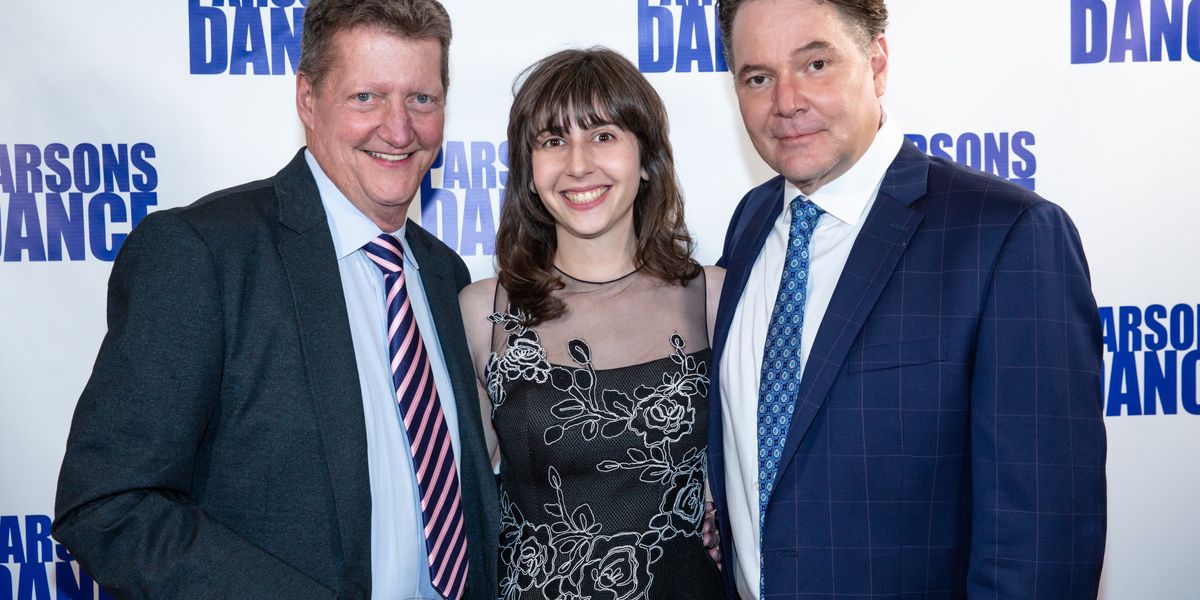The Expert Ask: 10 Strategies for Raising Money from Donors
Now, more than ever, dance companies are relying on donations to stay afloat. Without ticket sales, almost every troupe has lost a huge portion of their income. Grants and relief funds are quickly being established, but they remain few and far between. That means philanthropy has become even more essential than usual.
When you’re relying on generosity to ensure your financial needs are met, how can you make sure to raise the money you’ll need?
Establish a Clear Mission
For each of the past 10 years, the National Ballet of Canada has reported an operating surplus. The development team credits that success to having clear goals, clearly communicated with patrons.
“When Karen Kain became artistic director in 2005, she outlined her goals,” says director of development Diana Reitberger. “She wanted the best possible dancers, who attract the best choreographers, who create unique repertoire that prompts people to invite us on tour. When you’re touring on the world stage, more people are interested in supporting you.” That combination became the focus of the company’s Soaring Campaign, which brought in 104,340,000 Canadian dollars from 890 donors.
Use Your Assets
In 2017, Parsons Dance learned they’d been written into the will of Alex Dubé (former president of Career Transition For Dancers). If the company raised $1 million in eight months, Dubé’s estate would give them $500,000.
To reach this goal, the company leveraged founder David Parsons. “He is our biggest asset,” says executive director Rebecca Josue. “He can talk to donors who are passionate about him specifically.”
They also used the support of their board members. “They’re passionate about what we do and speak beautifully about our mission,” Josue says. And, they often bring friends to performances, leading to new donor relationships.
Using these key players, Parsons Dance qualified for the bequest.
Find Their Passion
According to Smuin Contemporary Ballet development director Deb Glazer, more than 80 percent of Smuin’s contributed income has historically come from individuals rather than corporations. Each donor has varying reasons for supporting the company. “You have to get to know people,” Reitberger says. Find out what it is about the company that they like. “For example, some people really love live music—once we discover that, we can encourage them to donate to our orchestra fund.”
Emphasize the Dancers
Patrons are often invested in the careers of specific artists. Like many ballet companies, NBoC has a program that capitalizes on this in which patrons sponsor a particular dancer. This raises approximately 1.1 million Canadian dollars per year. “Half the company is sponsored at this point,” she says. Sponsors are regularly invited to events where they can interact with the dancers they fund.
Be Transparent
Donors need to have confidence their money is being used effectively. “We share what percentages of their donations are going where,” says Glazer. “We communicate the broad strokes of how much dancer salaries, costumes, health insurance, physical therapy, choreography, theater space and scenery costs us. Then we tell them what portion of their money will go into mitigating those costs.”
Educate Audiences
Most people don’t realize how much dance companies rely on philanthropy. “Over the past five years we’ve mounted an education campaign,” Glazer says. “We have an advertisement in our program that says that 60 percent of our funding is covered by individuals like them. We post the campaign online, send it out in emails, and do a stage appeal at the end of our holiday performances.”
They also teach donors about certain tax exemptions that are available to them in exchange for their support.
Plan Multiyear Programs
In order to build sustaining support, create multiyear fundraising opportunities. “We started a program called Producers’ Circle in 2012 whereby an individual makes an initial commitment of $250,000 payable over five years to support new works,” Reitberger says. “The 25 couples who contribute are involved in every new production during that time period and acknowledged as producers.” They get to observe rehearsals, tour the costumes as they’re being built and attend opening-night events.
Connect in Person—Or on Zoom
“There is so much paperwork to be done, it’s easy to sit at your desk all day,” says Reitberger. “But the only way you will be successful is by carving out time to meet with the people who are investing in you.”
Although you can’t currently invite patrons out for a coffee, set up times to connect virtually.
Don’t Be Afraid of Rejection
According to Josue, the most effective strategy for raising money is to simply ask for it. “You don’t have to feel bad if people turn you down,” she says. “But if you don’t ask, you won’t receive.”
Show Appreciation
Donors like to feel like they are needed and appreciated, Glazer says. “We send out letters, and emails, and post our gratitude on social media. We communicate that they are the reason our dancers get to be onstage, and we know we couldn’t do it without them.”




